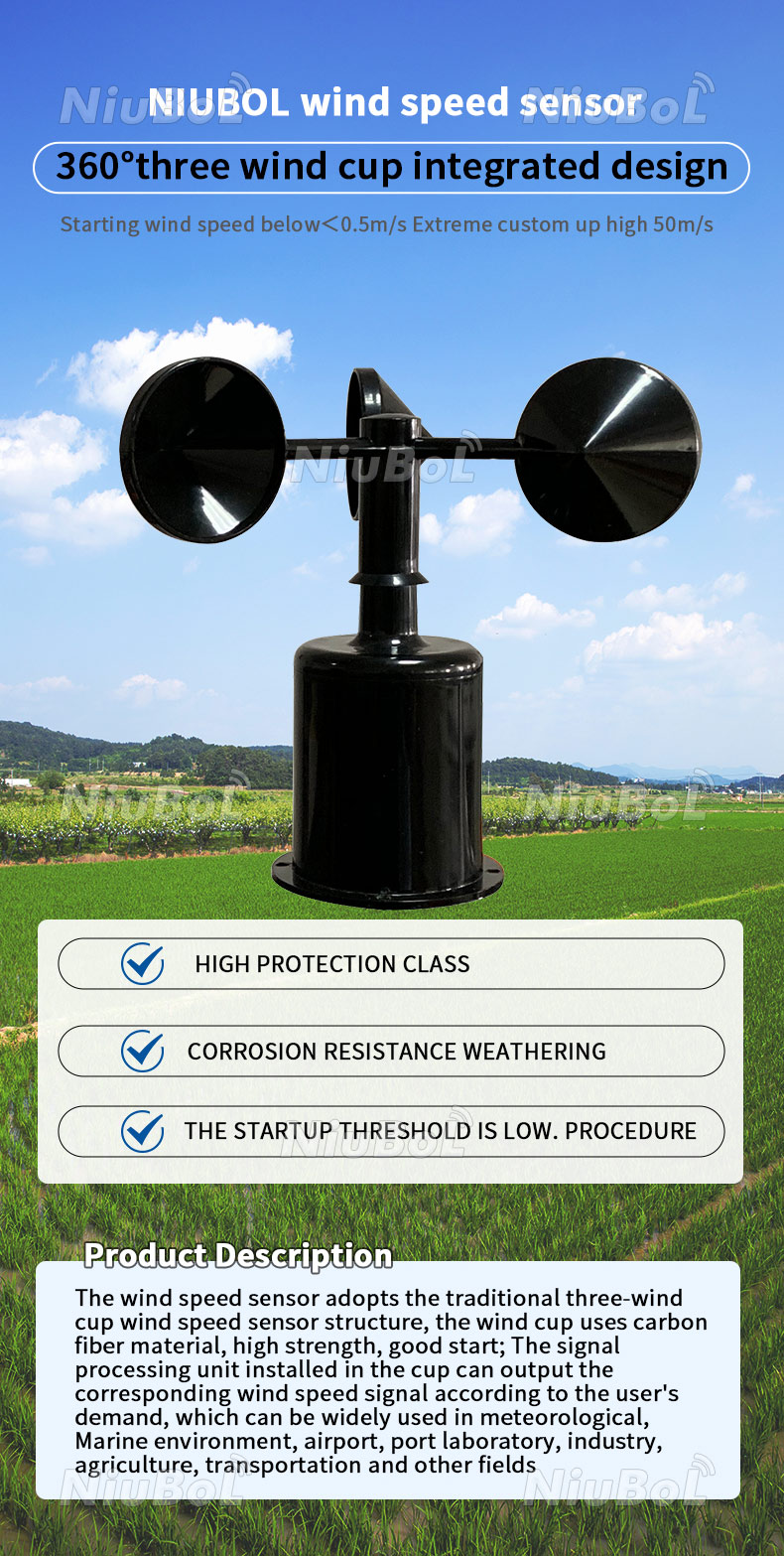Selecting the Right Anemometer: A Comprehensive Purchasing Overview
Selecting the Right Anemometer: A Comprehensive Purchasing Overview
Blog Article
Discovering the Functions and Advantages of Anemometers for Weather Condition Enthusiasts and Professionals
From mug anemometers to sonic anemometers, each type brings its distinct collection of benefits and applications, dropping light on different facets of atmospheric conditions. As we delve right into the features and advantages of anemometers, a much deeper understanding emerges not only of prevailing weather phenomena yet additionally of the more comprehensive ramifications for markets like wind energy production and ecological research study.
Significance of Anemometers in Weather Condition Monitoring
Anemometers play a critical role in weather condition monitoring by offering accurate dimensions of wind rate, assisting in forecasting and understanding climate patterns. These instruments, ranging from standard cup anemometers to contemporary ultrasonic anemometers, are essential for meteorologists, researchers, and climate lovers alike. By measuring wind rate, anemometers aid in determining the intensity of climate sensations such as hurricanes, storms, and storms. In addition, they provide valuable data for aeronautics, maritime procedures, and various sectors that are sensitive to wind problems.

Kinds Of Anemometers and Their Applications
The most typical kinds of anemometers include mug anemometers, vane anemometers, hot-wire anemometers, and ultrasonic anemometers. Mug anemometers consist of three or four mugs mounted on straight arms that revolve with the wind, determining its speed. Vane anemometers, on the other hand, use an easily rotating vane to line up with the wind direction, providing both wind rate and instructions dimensions.
Each type of anemometer has its special benefits and applications. Cup anemometers are suitable and robust for general climate monitoring, while vane anemometers are preferred for directional dimensions. Hot-wire anemometers are delicate to low air speeds, making them perfect for indoor environments. Ultrasonic anemometers are non-intrusive and provide high accuracy, commonly utilized in research study and specialized weather condition monitoring applications. Recognizing the qualities and applications of each sort of anemometer is essential for choosing the most appropriate instrument for certain weather keeping track of requirements.
Advantages of Using Anemometers in Forecasting
In meteorology, the use of anemometers provides important benefits for boosting the precision of weather forecasting. Anemometers gauge wind rate and direction, giving essential information for predicting climate patterns. By incorporating wind information right into forecasting versions, meteorologists can much better recognize the activity of weather systems, expect modifications in weather, and problem extra exact forecasts.
Moreover, anemometers play a crucial function in examining prospective weather risks. Keeping track of wind rates assists forecasters predict severe climate events such as cyclones, twisters, and wintertime storms with better precision. This very early caution system enables authorities to provide timely alerts and implement needed precaution, lowering the threats to life and property.
In addition, anemometers aid in maximizing eco-friendly power production. By assessing wind patterns, meteorologists can identify ideal places for wind farms and forecast energy result, look what i found adding to the efficient generation of wind power.

Anemometers in Wind Energy Manufacturing
Given the crucial function anemometers play in offering accurate wind information for weather forecasting and threat assessment, their significance includes the realm of wind energy manufacturing. Anemometers are necessary tools in the field of wind power, where the measurement of wind rate and direction is important for figuring out the usefulness and effectiveness of wind turbine installations. By precisely measuring wind rates at varying heights, anemometers assist maximize the placement our website and layout of wind generators to make best use of energy result.
In wind farms, anemometers are tactically positioned to accumulate real-time wind information that is utilized to analyze the potential power manufacturing of a website. This information is critical in determining the financial feasibility of wind power projects and in forecasting power generation to guarantee grid security. Additionally, anemometers aid in monitoring wind conditions to optimize wind turbine performance, avoid damage from high winds, and ensure the safety and security of employees working in the location of wind generators.
Enhancing Weather Understanding With Anemometers

Anemometers play a vital function in boosting our understanding of microclimates. These localized weather problems can vary significantly from more comprehensive local projections, making it important to have exact data for certain areas. anemometer. By purposefully putting anemometers in numerous locations, scientists can gather in-depth details on just how wind acts in different terrains, metropolitan atmospheres, or bodies of water
Moreover, anemometers add to enhancing weather projecting models by offering real-time data on wind habits. This details is especially valuable for anticipating serious climate events, maximizing agricultural practices, and sustaining sectors like aeronautics and maritime navigating. Overall, anemometers are indispensable instruments that enable us to dig deeper right into the complexities of weather condition systems, eventually leading to more better-informed decisions and accurate predictions.
Final Thought
To conclude, anemometers play a crucial function in climate surveillance and projecting by determining wind speed and direction. They are vital tools used by weather enthusiasts and professionals to collect accurate data for forecasting climate Visit This Link patterns and assessing prospective impacts. Anemometers likewise have applications in wind energy manufacturing, further highlighting their significance in both weather forecasting and sustainable power fields. Overall, anemometers contribute to improving our understanding of weather phenomena and enhancing projecting capacities. anemometer.
From cup anemometers to sonic anemometers, each kind brings its distinct collection of applications and benefits, shedding light on numerous facets of atmospheric conditions. These instruments, varying from conventional mug anemometers to contemporary ultrasonic anemometers, are important for meteorologists, scientists, and weather condition enthusiasts alike. The most usual types of anemometers include cup anemometers, vane anemometers, hot-wire anemometers, and ultrasonic anemometers. Mug anemometers are ideal and robust for general weather tracking, while vane anemometers are favored for directional measurements. Anemometers are important instruments in the field of wind power, where the measurement of wind speed and instructions is essential for identifying the expediency and effectiveness of wind generator installments.
Report this page